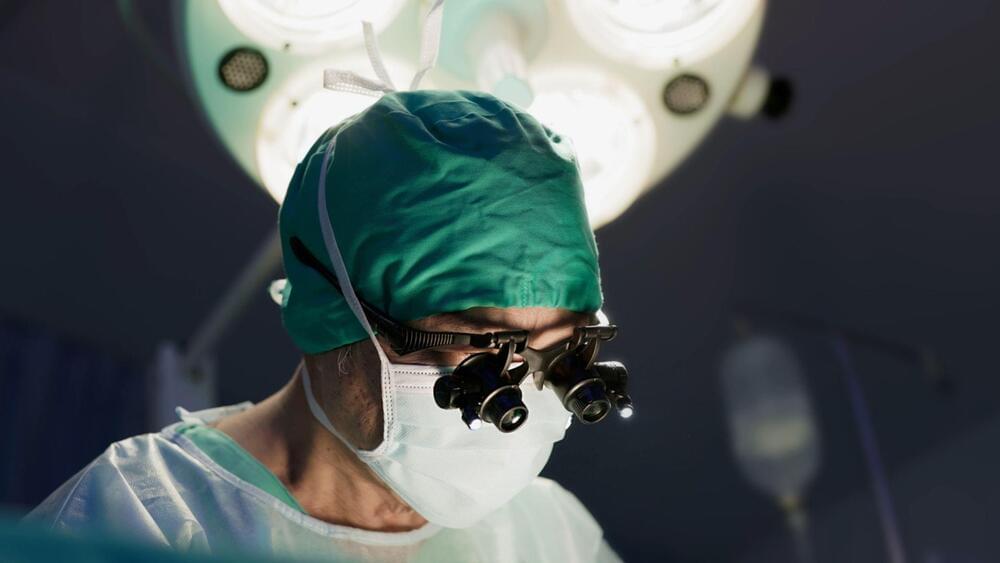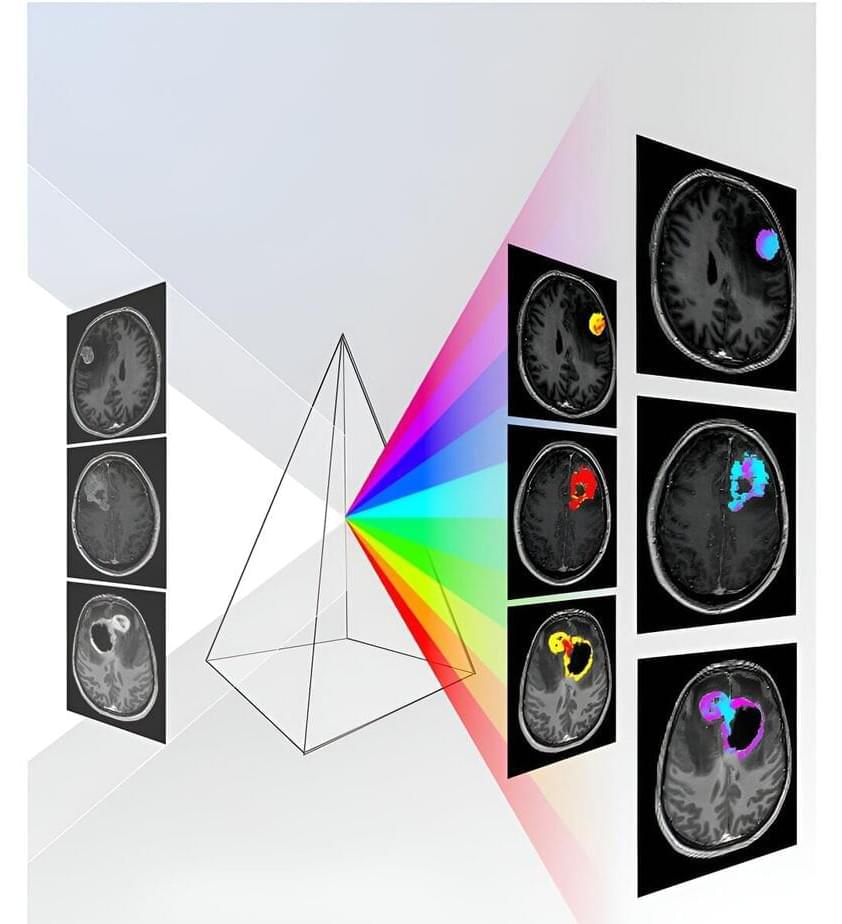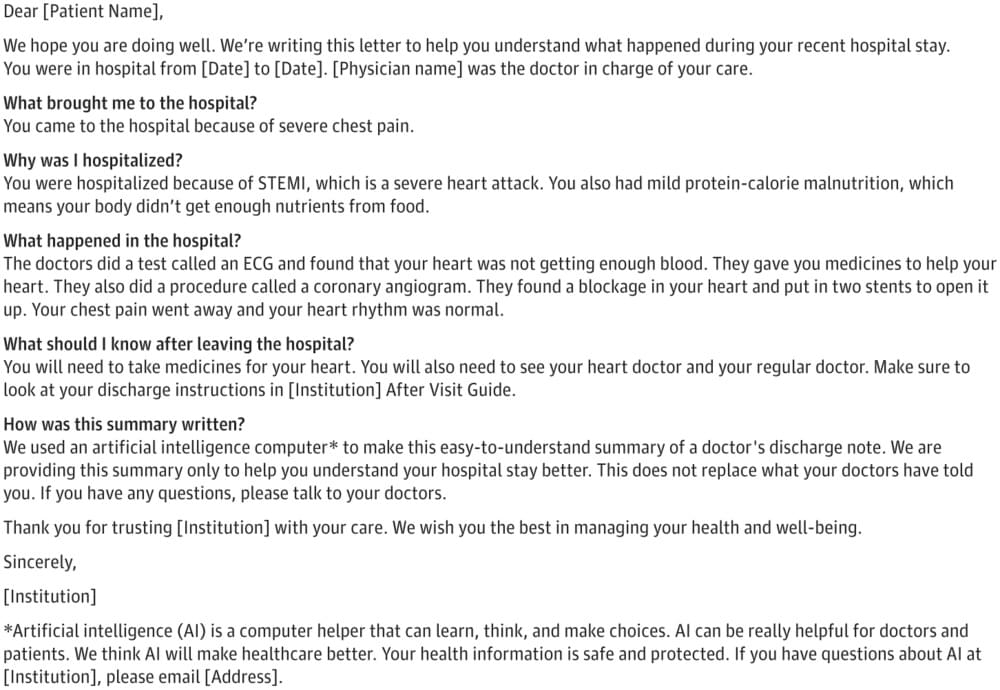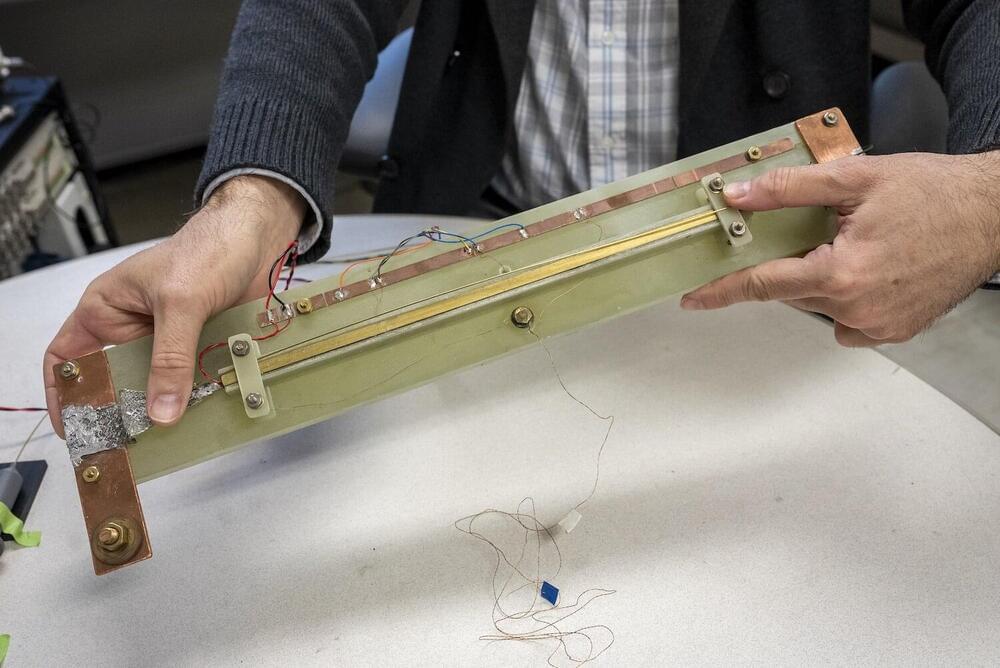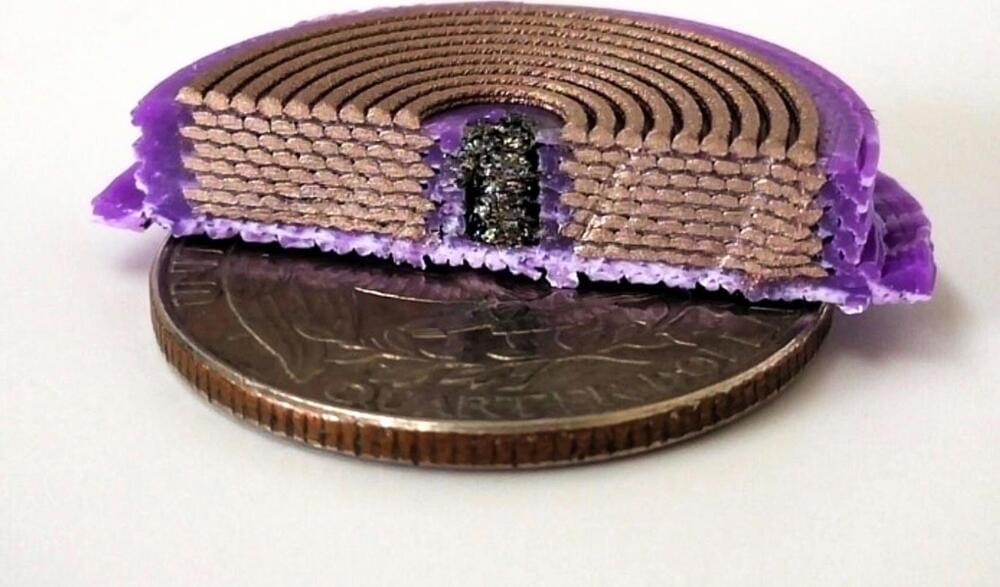Mar 13, 2024
Novel Sequenced Chemotherapy Regimen for Metastatic Pancreatic Cancer
Posted by Shubham Ghosh Roy in category: biotech/medical
A was assessed in a recent phase 2 trial.
The optimal first-line chemotherapy for advanced pancreatic cancer, validated in phase 3 trials, is the triplet combination of infusional 5-FU, oxaliplatin, and either irinotecan or nanoliposome-encapsulated irinotecan (FOLFIRINOX or NALIRIFOX). Now, in an industry-supported, randomized, phase 2 trial involving patients with metastatic pancreatic cancer, investigators compared the combination of gemcitabine and nab-paclitaxel to a novel sequenced regimen of gemcitabine and nab-paclitaxel followed by mFOLFOX-6 on a 6-week cycle.
Of 157 patients, the median age was 66, 94% had metastatic disease, only 18% had undergone prior surgery, and 4% had received prior chemotherapy. The primary endpoint of 12-month overall survival (OS) was higher with the sequenced regimen compared with gemcitabine/nab-paclitaxel alone (55.3% vs. 35.4%, P =0.02); median OS was also higher (13.2 vs. 9.7 months; hazard ratio, 0.68). Median progression-free survival was higher with the sequenced regimen (7.0 vs 5.2 months; HR, 0.52) as was the response rate (39.7% vs. 20.3%). Adverse events and rates of grade 3/4 neurologic toxicity were similar between the two treatment arms.
Continue reading “Novel Sequenced Chemotherapy Regimen for Metastatic Pancreatic Cancer” »



